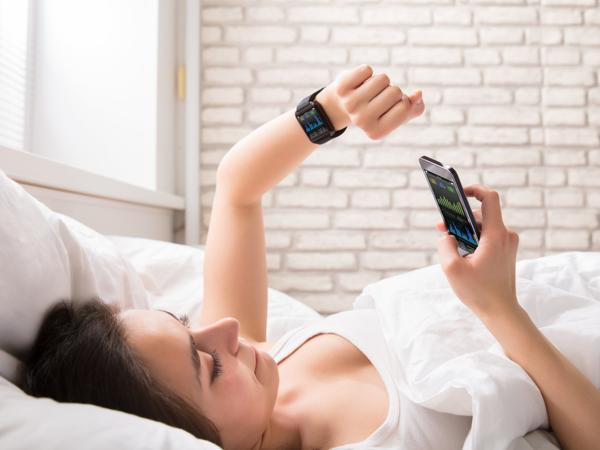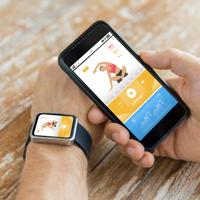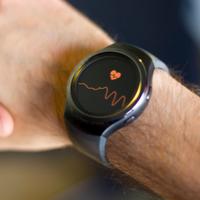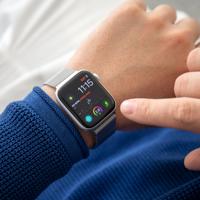In the quest for a smart and more informed lifestyle, understanding your sleep patterns plays a significant role. Fitness trackers have emerged as handy tools to help keep track of your sleep cycles. These devices, equipped with various sensors, provide valuable insights to help you evaluate and improve your sleep quality over time. Let's delve deeper into how they work and what they can offer.
How Fitness Trackers Monitor Sleep
Most fitness trackers utilize a combination of sensors to monitor sleep. These generally include accelerometers to track movement and, in some advanced models, heart rate monitors. By detecting movement and changes in your heart rate, these devices can estimate when you fall asleep, how long you remain asleep, and how your sleep is divided into different stages such as light, deep, and rapid eye movement (REM) sleep.
Diving into the Sensors
Accelerometers: This sensor detects motion and is prevalent in most fitness trackers. It helps to differentiate between the times you are active and when you are at rest. During sleep, minimal movement aids the tracker in identifying when you're likely asleep.
Heart Rate Monitors: By tracking heart rate variability, these sensors can provide more nuanced insights into your sleep stages. This can be particularly useful in determining REM sleep. Studies have shown that heart rate variability correlates with different sleep stages, making heart monitors a valuable feature in sleep tracking.
The Benefits of Monitoring Sleep
By monitoring your sleep, fitness trackers can help identify patterns and highlight areas where you might improve your sleep habits:
Awareness: Simply knowing how long you sleep and the quality of that sleep can encourage better habits. For some, seeing data like sleep duration or disturbances can lead to lifestyle changes, such as establishing a regular sleep schedule.
Understanding Sleep Cycles: Fitness trackers can show an estimate of how much time you spend in each sleep stage. While these are estimations, they can still provide a basis for comparison over time, helping to identify trends or disruptions in your sleeping pattern.
Improvement Tracking: When you make changes to your sleep habits, such as reducing screen time before bed, the feedback from your fitness tracker can help determine if these changes are beneficial.
Examples of Fitness Trackers for Sleep Monitoring
Fitbit Charge Series: Known for its reliable sleep tracking features, Fitbit provides users with detailed sleep stage information and sleep score metrics to help you understand your night's rest better.
Apple Watch: With the introduction of sleep tracking in recent watchOS updates, Apple Watch offers sleep duration and heart rate metrics. Its integration with the iPhone allows for a comprehensive view of your sleep trends.
Garmin Wearables: Many Garmin devices come equipped with dedicated sleep tracking features. They provide advanced metrics like Pulse Ox to track blood oxygen levels, which can be quite insightful.
Considerations and Limitations
While fitness trackers offer insightful data, it's worth noting that they are not medical devices. The sleep data they provide should be seen as an estimate rather than a clinical sleep study.
Research, including studies from sources like the National Institutes of Health, suggests that while fitness trackers can give a general overview, their accuracy compared to clinical polysomnography can vary. They are best used as tools to identify patterns or changes rather than for diagnosing sleep disorders.
In Conclusion
Monitoring your sleep with fitness trackers can be a mindful step towards enhancing your sleep quality. By providing insights and encouraging self-awareness, they contribute to a more informed lifestyle. Remember, improving sleep is a journey. Keeping an open mind and continuously evaluating your sleep routine can be beneficial. While no tool can replace medical advice, fitness trackers offer a convenient start for anyone looking to understand their sleep better.



